Kushalnagar: The National Highway Authority of India (NHAI) has begun the exercise of soil testing for the four-lane Mysuru-Madikeri Economic Corridor Expressway Project along the Mysuru-Madikeri NH-275.
The 93-km road will run parallel to the existing NH-275 that connects Mysuru and Madikeri. The route which the Expressway will pass from Paschimavahini in Srirangapatna to Guddehosur near Kushalnagar has been finalised and the soil is being tested all along the route. The Expressway will touch the Mysuru-Bengaluru Expressway at Paschimavahini.
The NHAI has entrusted the soil testing work to Tamil Nadu-based Global Projects to investigate the sub-surface geophysical conditions so that planning and design work can be performed using integrated geographical and geophysical data.
The company has been asked to test the soil at places where bridges, bypasses, flyovers and underpasses will be constructed. The soil testing process began a fortnight ago and soil testing will be undertaken at 130 places.
Speaking to Star of Mysore, Project Engineer Sundar Raj said that soil testing at 28 places has been completed and at present, the work is being carried out at Kampalapura near Periyapatna. The work will be completed at all 130 places by the end of July and a detailed assessment report will be submitted to the NHAI.
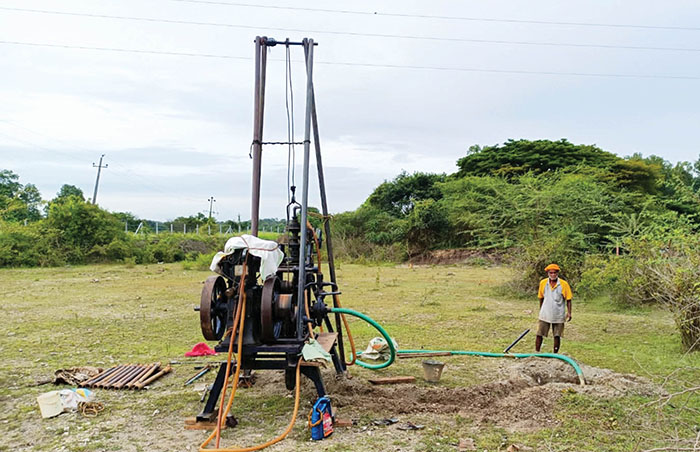
The Expressway will be constructed connecting many rural roads and at present, the soil testing work is being undertaken on the Kampalapura-Bekya-Anechowkur Road. The soil testing process is closer to the digging of a borewell (standard penetration tests) where a hole is made on the earth’s surface.
“We dig the soil up to 30 metres (98.4 ft) with a help of a ‘galaxy machine’ and we will analyse the type of soil like topsoil, clay soil, stone-mix soil and the rocks found in the earth’s floor. We will analyse the depth of the surface and pinpoint exactly from where the rocky surface starts,” Sundar Raj told Star of Mysore.
For each borehole, a visual classification of the soil encountered will be recorded on the borehole log, he added. The samples are then taken to a laboratory that is equipped to carry out testing to determine the physical characteristics of the samples obtained during the field sampling.
The detailed project report would be based on the soil testing report, which would help to finalise the actual cost of the project. “The nature of the soil, whether it is rocky or soft, would decide the design in structural engineering,” he added.
The NHAI will plan the construction as per the analysis and soil pattern and decide on the location of flyovers, bridges and underpasses. There is also a proposal to build retaining walls at 45 places on the sides as this is an access-controlled expressway. “We will work on the soil testing for the wall later,” he said.
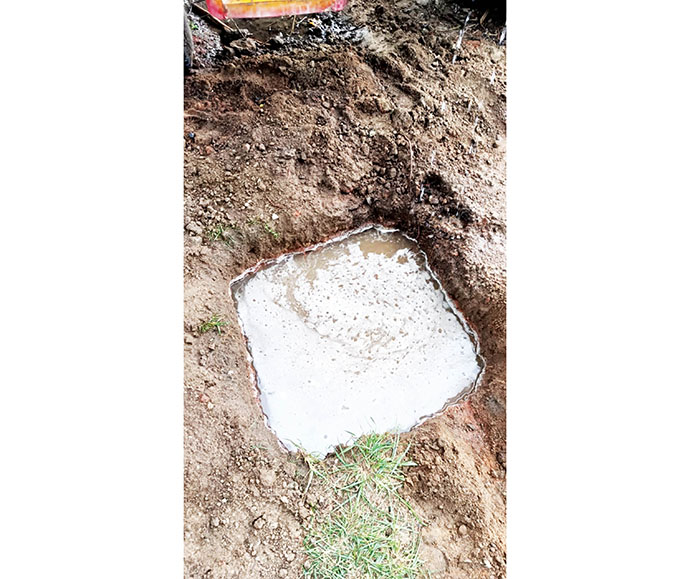
Why and how is soil testing done?
Soil testing is a prerequisite for any infrastructure project. It involves examining soil quality and assessing its bearing capacity. It is conducted by geotechnical experts who analyse soil samples to determine their characteristics, nature and reactivity.
The testing can be carried out in various locations, depending on the geographical structure of the earth’s surface. It is essential to perform soil testing to achieve the objectives specific to each situation. For instance, soil testing is necessary before engaging in constructing buildings, bridges and flyovers.
To ensure successful soil testing, it is crucial to establish clear objectives and utilise state-of-the-art equipment. This allows for the evaluation of the soil’s ability to support structures. Additionally, chemical and physical composition analyses are conducted using specific chemicals.



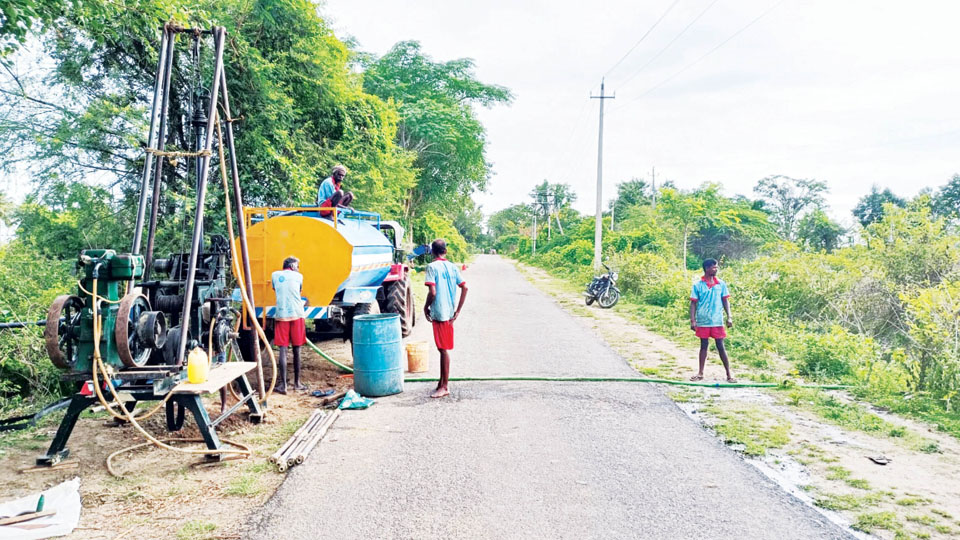
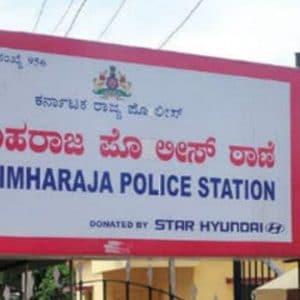
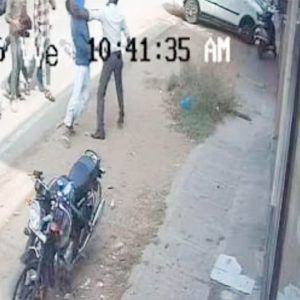

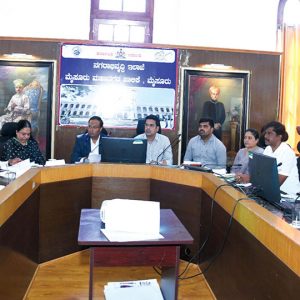
Malayalees consider Mysore, as an extension of Kerala. Just look at how busy the Wayanad-Nanjangus route becomes with cars carrying Malalees coming to settle in Mysore city.
This highway will get extended to Kerala and more Malayalees will arrive to Mysore to settle.
Already, Malayalees, are the largest immigrant residents in Mysore city, nearly matching he numbers of Kannada-speaking residents. Soon, Malyalam will become the number 1 language in Mysore city, just like Tamil in Bangalore!
That will never gonna happen you alm seeking migratory bird. You will be kicked out soon to your home state.
When the Vizhinjam sea prt becomes operational, Karnataka will be begging Kerala for rail and road connectivity. You just wait and see.